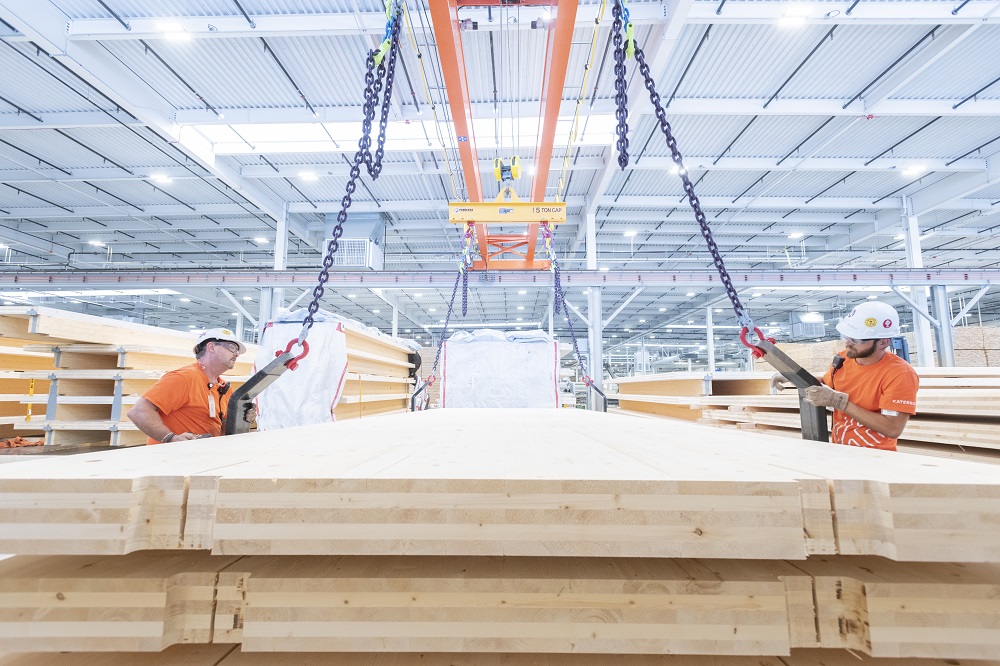“You make a better door than a window!” I’m sure your parents hollered that at you all throughout your childhood as you were unaware that you were obstructing their view of their favorite TV show. That phrase may surprisingly not make sense to future generations with the recent discovery of a process that can make wood transparent. Seems crazy, I know.
Wood isn’t the only thing scientists have figured out how to make transparent, recently, as we found out about transparent solar cells that could turn windows into energy sources. That discovery landed on our 2015 list of most promising construction technologies. Solar cells are relatively new to the world, but wood has been solid and opaque since the first tree sprouted. The secret to being able to see through wood, says Lars Berglund, a professor at KTH Royal Institute of Technology, is to chemically remove a component of wood’s cell wall, called lignin. Removing the lignin turns the wood white and a transparent polymer is then added to the material to allow you to see through it. The full report, created by Yuanyuan Li, Qiliang Fum Nin Yan, and the aforementioned Lars Berglund, was published under the title “Optically Transparent Wood from a Nanoporous Cellulosic Template: Combining Functional and Structural Performance.”
Transparent wood is an important discovery, because wood is a low cost and renewable resource, that is available throughout the world. As we slowly transition into more eco-friendly buildings, wood will prove to be a major player, as it also has excellent thermal properties. We’ve seen recent evidence of that with Canada’s newest tallest wood building, 12 stories high, set for construction. Adding transparency to the material allows it to be used in a variety of other applications, including windows, solar panels, and even semi-transparent facades. Even if it never catches on in those ways, it will, at the very least, lead to some interesting architectural uses.
Full story: Wooden windows? New material could replace glass in solar cells and buildings | KTH











Like most of the other electric machines that have been announced previously, Volvo promises that this midsized, 14 metric ton excavator will have the same performance as a similarly sized diesel version. The X03 is currently in the concept stage, so Volvo does not have immediate plans to bring it to market, but it shows the possibilities that electronics on heavy machinery can allow for.